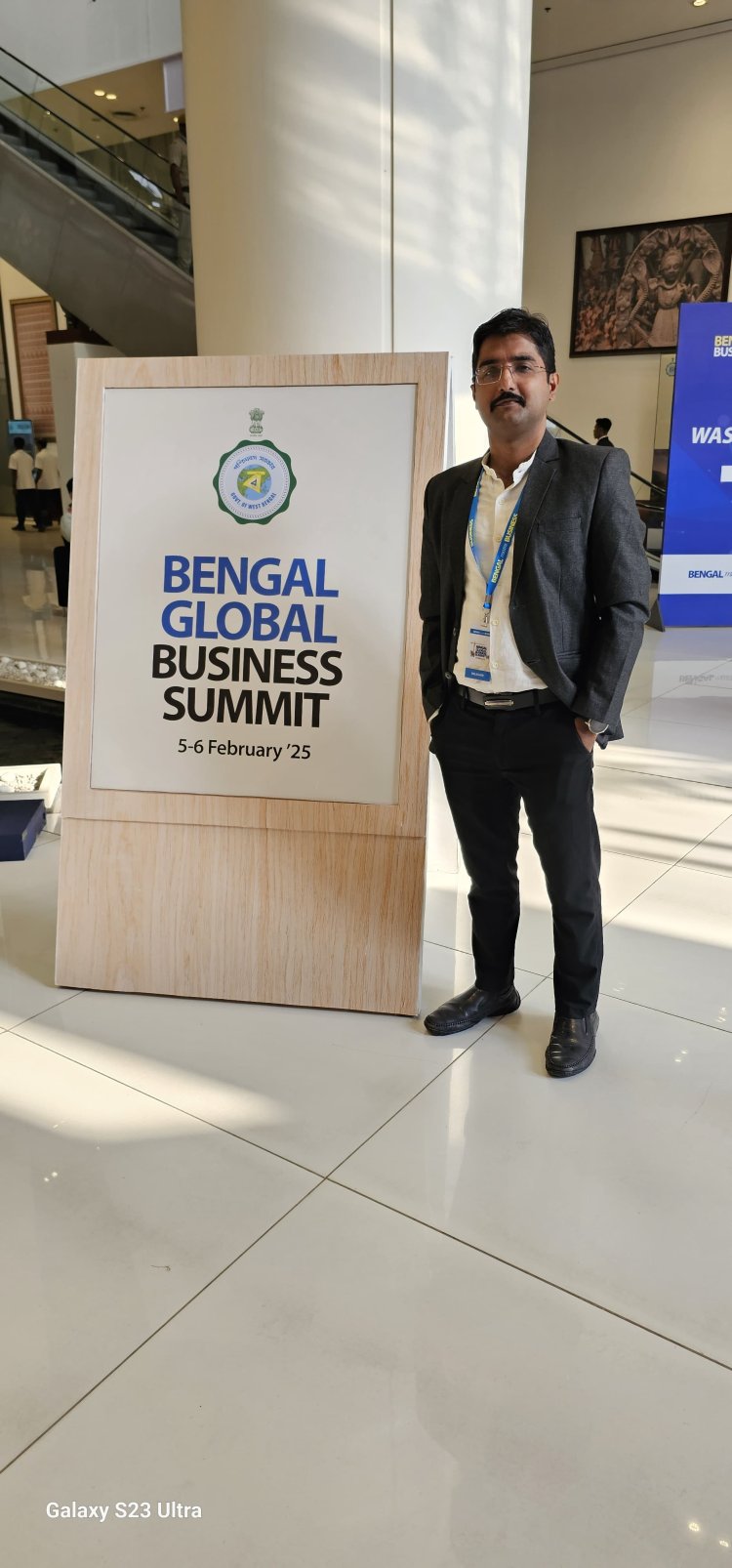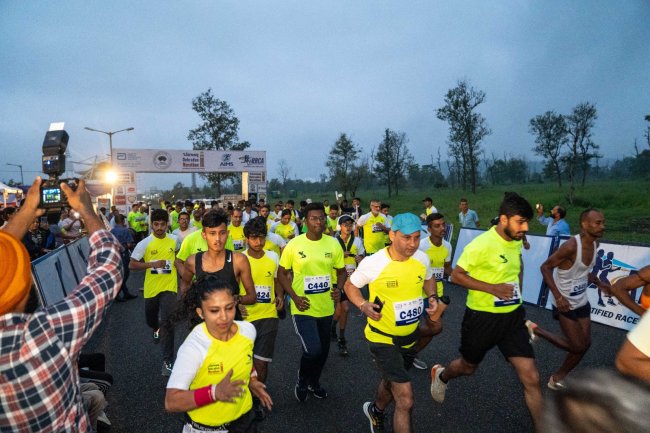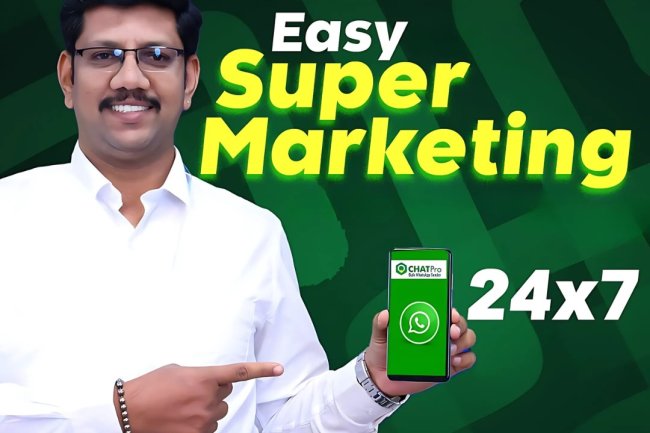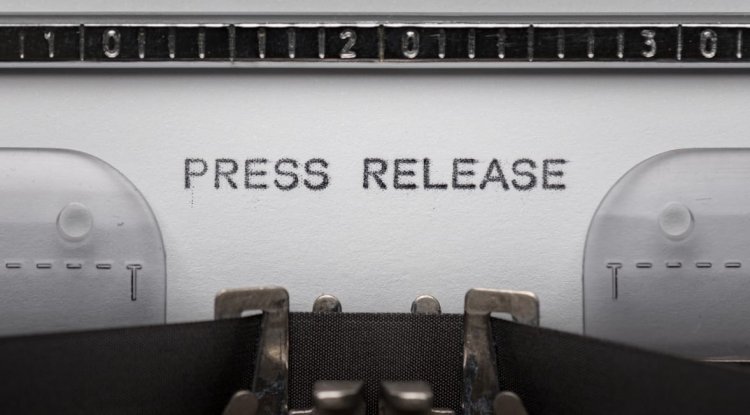How Naitik Ganguly Is Revolutionizing Emergency Healthcare in India with Rapid Rescue
In the heart of India’s evolving health-tech landscape, a quiet revolution is taking place—one that could redefine how millions access emergency and everyday medical services. At the forefront of this movement is Naitik Ganguly, Founder and Director of Cordial Care Medical Services Pvt. Ltd., and the driving force behind Rapid Rescue, a soon-to-launch platform that promises to bring “one-tap” healthcare access to every Indian, when it matters most.

The Problem No One Could Ignore
India’s emergency response system has long struggled with fragmentation—delayed ambulance arrivals, lack of coordination between providers, and limited access to real-time information during crises. For Naitik, who worked extensively in hospitals across West Bengal, these weren’t just data points—they were lived realities.
“The helplessness families feel in critical moments is something that stays with you,” he shares. “I knew there had to be a better, faster, and more coordinated way.”
A Vision with Urgency
In 2020, Naitik co-founded Cordial Care with Pritam Dewanjee and Sukalpa Podder, laying the groundwork for what would eventually become Rapid Rescue. The idea was clear: build an integrated, tech-first health utility that could connect ambulances, hospitals, diagnostics, pharmacies, and health records in real time.
“It wasn’t just about technology. It was about peace of mind,” says Naitik, whose personal loss in 2024—the sudden passing of his mother-in-law due to delayed medical response—became the emotional turning point in his journey. “That experience redefined our ‘why.’”
Building a Healthcare Lifeline
From 2021 to 2023, the team worked tirelessly, mapping the healthcare gaps and validating their concept across hospitals and service providers in Kolkata. Rapid Rescue began integrating GPS-enabled ambulances, live hospital bed tracking, and digital health records—all into one seamless platform.
The platform evolved around three core pillars:
- Emergency Response: A real-time ambulance aggregator with GPS tracking and instant hospital coordination—functioning much like an Uber for critical care.
- Daily Healthcare Access: Enabling users to book diagnostics, consult doctors, and get medicines delivered—all through the app.
- Health Records & Billing: A personal digital health vault storing everything from prescriptions to reports to bills, ensuring continuity and convenience.
By 2024, the backend systems were in place. The team onboarded key personnel, formed strategic partnerships with over 110+ ambulances, 50+ diagnostic labs, and 130+ pharmacies, and laid the infrastructure for a quick-commerce pharma logistics model, capable of delivering over 1,00,000 SKUs across five key districts in West Bengal.
The Road to Launch
Now, in mid-2025, Rapid Rescue is just 87 days away from its official public rollout. The platform’s beta version is already undergoing rigorous testing, and early adoption by healthcare partners has validated the demand.
“We’re aiming for 5,000+ daily users in the initial phase,” Naitik confirms, “and we’ve designed the system to scale rapidly in both urban and semi-urban markets.”
But what truly sets Rapid Rescue apart is its dual-side tech approach—offering integrated dashboards for hospitals, clinics, labs, and pharmacies to manage bookings, payments, and patient communications in real time. It’s not just a patient-facing app; it’s a full-stack infrastructure for the healthcare ecosystem.
Why It Matters
While many health-tech startups focus on single-point solutions—be it doctor consultations or medicine delivery—Rapid Rescue dares to do something bolder: unify it all. It’s designed not just for metro cities, but also for Tier 2 and Tier 3 towns, where the need for timely care is often greatest, but the systems are weakest.
It’s a platform built from the inside-out—by people who’ve worked in hospitals, navigated crisis care, and felt the system’s shortcomings personally.
Looking Ahead
Rapid Rescue’s roadmap includes future integration with police, fire, and disaster response services—an ambitious goal that could make it India’s first complete public safety utility app.
Even as the team prepares for their first round of external funding, they remain bootstrapped with over ₹45 lakhs invested internally and a focus on scale with impact.
“Our goal,” Naitik says, “isn’t just to build a business. It’s to build trust. When someone taps that app in a life-or-death situation, we want to make sure they’re never alone.”
What's Your Reaction?




















